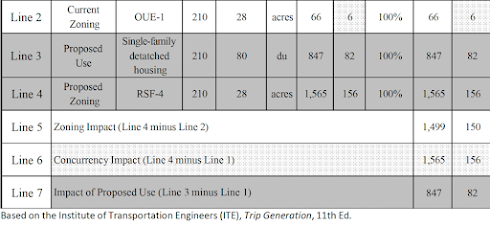Seasonal Preparedness
The usual advice on hurricane preparedness from Sarasota Patch:
List of Sarasota Shelters
Sarasota County’s Emergency Management Chief Ed McCrane describes this weather season as being in neutral having going in between a La Nina and El Nino, which will start about October.
When forecasts are given this year, the National Weather Service will talk about hurricanes in terms of category and storm surge to help flood planning.
“The category of the storm is determined by the winds associated with that hurricane,” McCrane said. “The storm tide or storm surge is going to be a totally different matter. You may hear that it’s only a Category 2 hurricane but carrying 20 feet of storm surge. That’s a big indicator of what we use of what evacuation zones we need to evacuate.”
McCrane stressed having a good disaster kit ready along with some other pre-storm preparations.
“We want them to have enough provisions for at least three days preferably a week,” McCrane said, “but they also have to realize that the federal government is going through an economic slump right now, and we might not see the resources that we have in the previous years.
“The amount of trucks of food and water and ice might not be here as quickly if at all."
A good storm kit should at least include supplies for three days to a week without power and without the ability to shop for groceries, have copies of important documents, bug repellent, a full tank of gas in the car and cash.
“ATM machines and credit cards may not function during the first couple days of the storm,” McCrane said.
So what happens after the storm ?
• Stay in a protective shelter to avoid hazards until reports are given through media outlets, including Patch, that’s it’s all clear
• City and county teams and utility companies go out after the storm and start work
• Search and rescue teams will be deployed during catastrophic storms
• Siesta, Bird and Lido Key residents and business owners will have to go through a credentialing process before the storm to be allowed back on the barrier islands during the first phase of re-entry.
• Distribution centers for food and water will be announced and opened if grocery stores are closed
Disaster Supply Kit
Here are basic supplies you should have gathered for a Disaster Supply Kit, according to the Hurricane Guide for the Tampa Bay area:
• Two weeks supply of prescription drugs
• Seven days worth of non-perishable foods
• One gallon of water per person, per day (minimum seven days)
• Flashlights and seven sets of batteries for each member of the family
• Portable radio and seven sets of batteries
• First-aid book and kit with bandages, antiseptic, tape, compresses, aspirin and aspirin-free pain reliever, anti-diarrhea medication, antacid and more
• Mosquito repellant and citronella candles
• Fire extinguishers
• Instant tire sealer
• Whistle or air horn or flares or distress flag
• two coolers
• Plastic tarp, screening, tools, nails
• Water purification kit
• Cleaning supplies
• Camera with batteries and film
• Non-electric can opener
• Garbage can or bucket with tight-fitting lid and cat litter to use for emergency toilet
• Plastic trash bags
• Toilet paper, paper towels, baby wipes
• Infant formula, diapers, etc
Evacuation supplies
• Pillows, blankets, sleeping bags, air mattress
• Extra clothes, hats, shoes, eyeglasses
• Folding or lawn chairs
• Toothbrush, shampoo, soap, deodorant
• Important documents (insurance, medical info, license) and irreplaceable keepsakes
• Grill and matches
• Ice


Comments